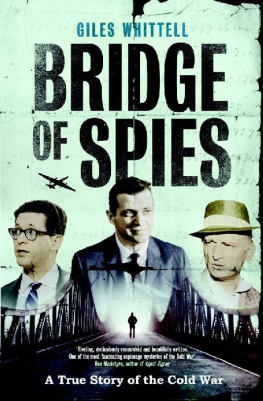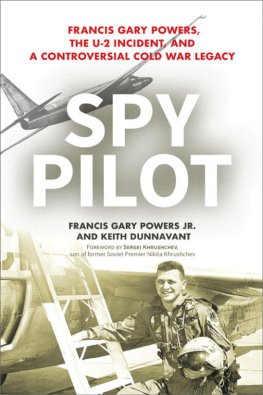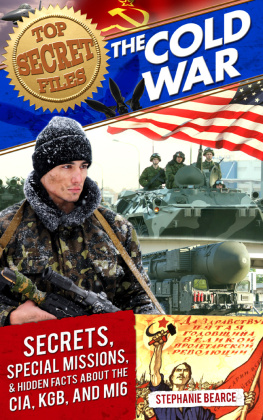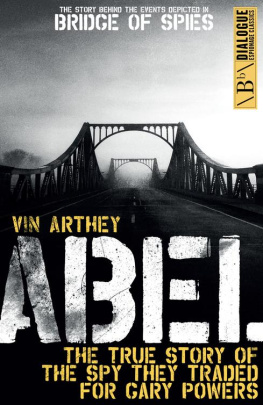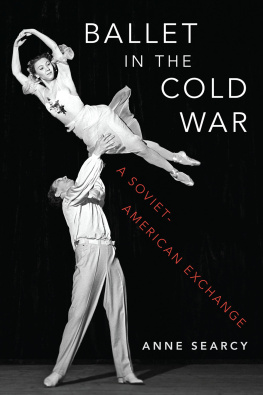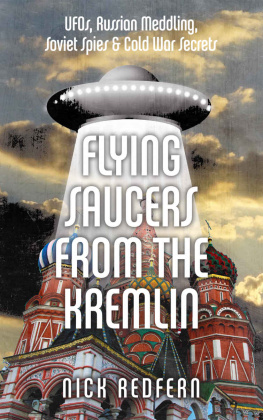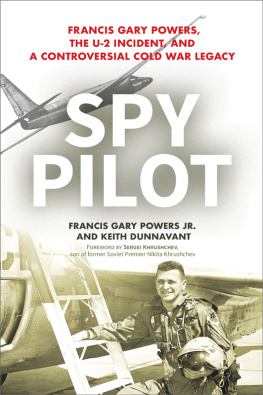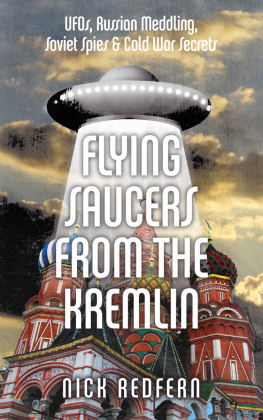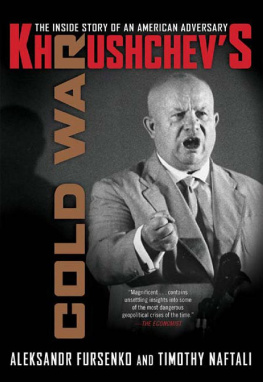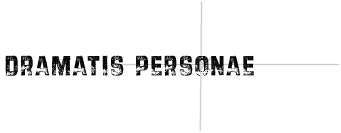Thank you for downloading this Simon & Schuster ebook.
Join our mailing list to get updates on new releases, deals, recommended reads, and more from Simon & Schuster.
CLICK HERE TO SIGN UP
Already a subscriber? Provide your email again so we can register this ebook and send you more of what you like to read. You will continue to receive exclusive offers in your inbox.
ALSO BY GILES WHITTELL
Lambada Country
Extreme Continental
Spitfire Women of World War Two
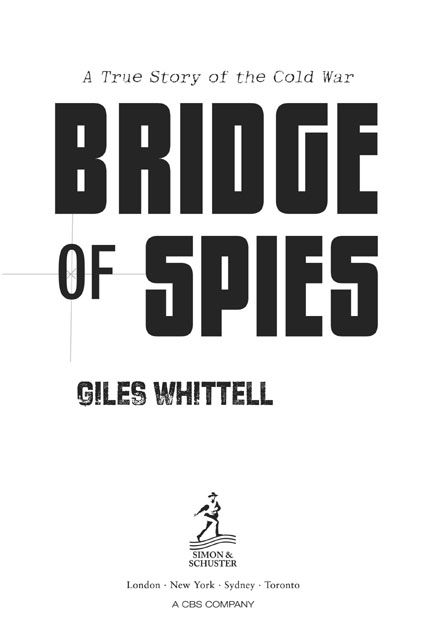
First published in Great Britain in 2011 by Simon & Schuster UK Ltd
A CBS COMPANY
Copyright 2010 by Giles Whittell
This book is copyright under the Berne Convention.
No reproduction without permission.
All rights reserved.
The right of Giles Whittell to be identified as the author of this work has been asserted by him in accordance with sections 77 and 78 of the Copyright, Designs and Patents Act, 1988.
Simon & Schuster UK Ltd
1st Floor
222 Grays Inn Road
London
WC1X 8HB
www.simonandschuster.co.uk
Simon & Schuster Australia
Sydney
A CIP catalogue copy for this book is available
from the British Library.
ISBN: 978-0-85720-163-8 (hardback)
978-0-85720-164-5 (trade paperback)
eBook ISBN: 978-0-85720-165-2
Designed by Elina D. Nudelman
Printed in the UK by CPI Mackays, Chatham ME5 8TD
For Bruno, Louis, and Enzo
part one MISSIONS IMPLAUSIBLE
part two SPY CATCHERS
part three CAUGHT IN THE ACT
part four ANATOMY OF A DEAL
THE PRINCIPALS
William Fisher, aka Rudolf Abel, Emil Goldfus, Martin Collins, Robert Callan, Frank, Milton, and Agent Mark: KGB colonel and the most senior undercover Soviet agent in North America from 1948 to 1957
Francis Gary Powers: U-2 pilot trained by the U.S. Air Force and employed by the CIA to fly reconnaissance missions over Soviet Russia; shot down May 1, 1960
Frederic Pryor: PhD student at the Free University of West Berlin who was arrested by East German secret police on suspicion of spying but released to his parents as part of the Glienicke Bridge exchange on February 10, 1962
KGB
Reino Hayhanen, aka Eugene Maki and Agent Vik: Fishers KGB subordinate in New York from 1952 to 1957 and the man who would betray him to the United States
Pavel Sudoplatov: KGB general who masterminded the assassination of Leon Trotsky in 1940 and adopted Fisher as his protg later in World War II.
Yuri Drozdov: KGB officer assigned to correspond with James Donovan from East Germany in hopes of arranging an exchange of Powers for Abel
Alexander the Swede Orlov: prewar Soviet illegal agent who defected to the United States, where he was the only person who knew Fishers true identity
Ivan Shishkin: senior KGB officer who posed as second secretary at the Soviet embassy in East Berlin to represent Moscow in negotiations for the Powers-Abel swap
CIA
Marty Knutson: U-2 pilot whose July 1956 photographs of Engels Air Force Base in Russia helped to demolish the theory of a bomber gap threatening U.S. national security
Bob Ericson: U-2 pilot who flew the penultimate Soviet overflight of April 9, 1960, and was Powerss backup pilot on May 1
Richard Bissell: civilian head of the CIAs U-2 program from 1954 to 1962 as the agencys deputy director and then director of plans
Allen Dulles: Director of Central Intelligence from 1953 to 1961; lobbied President Eisenhower for authorization for U-2 overflights of the Soviet Union and was responsible for the timing of Powerss flight on May 1, 1960
Stan Beerli: air force colonel who joined the CIA to become civilian head of Detachment B, the U-2 unit based in Adana, Turkey, where he designed the Operation Quickmove security procedures for Soviet overflights
Joe Murphy: CIA security officer in Adana who was later assigned to identify Powers on Glienicke Bridge in Berlin on February 10, 1962
SOVIET LEADERSHIP
Nikita Khrushchev: Soviet premier from 1958 to 1964; abandoned bold plans for nuclear disarmament and walked out of 1960 Great Power Summit meeting in Paris after the Gary Powers overflight of May 1, 1960
Roman Rudenko: Soviet prosecutor general and veteran of the Nuremberg Nazi war criminal trials who presided at the trial of Gary Powers in August 1960
Sergei Biryuzov: marshal of the Soviet Air Defense Forces who coordinated efforts to intercept Gary Powers and told Khrushchev once the shoot-down was confirmed
Yevgeni Savitsky: colonel-general in the Soviet Air Defense Forces who ordered Igor Mentyukov to ram Powers in his Sukhoi Su-9 fighter, knowing the mission would be suicidal if successful
U.S. LEADERSHIP
Dwight D. Eisenhower: president of the United States from 1953 to 1961; authorized the U-2 program but bitterly regretted the flight of May 1, 1960
John F. Kennedy: president of the United States from 1961 to 1963; promised as a candidate to close a missile gap that did not exist and declined to meet Powers on his return to the United States
William F. Tompkins: U.S. attorney assigned to prosecute Rudolf Abel (William Fisher) in 1957; called Fishers espionage an offense directed against our very existence
James Donovan: former U.S. prosecutor at Nuremberg trials of Nazi war criminals assigned to defend Fisher at his trial; later brokered the Glienicke Bridge exchange in Berlin
Llewellyn Thompson: U.S. ambassador to Moscow from 1957 to 1962; learned of Powerss survival minutes too late to prevent the release of a false cover story by NASA
Frank Meehan: U.S. diplomat assigned to assist the family of Frederic Pryor in Berlin in 1961; subsequently became the last U.S. ambassador to East Germany
SUPPORTING ACTORS
Burt Silverman: Brooklyn artist and friend of Emil Goldfus (William Fisher) whose typewriter was used to help convict Fisher of espionage against the United States
James Bozart: Brooklyn newspaper delivery boy who picked up a hollow nickel dropped by Reino Hayhanen containing a microfilm eventually decoded and traced to Fisher
Oliver Powers: miner, cobbler, and father of Gary Powers; requested an exchange of Abel for his son in a letter to Khrushchev and traveled to Moscow for his sons trial in 1960
Millard Pryor: businessman and father of Frederic Pryor; traveled to Berlin in 1961 to seek his sons release from the notorious Stasi Investigation Prison at Hohenschnhausen
Wolfgang Vogel: East German lawyer who served as go-between in Millard Pryors efforts to contact East German authorities
Carl McAfee: Virginia lawyer who traveled with Oliver Powers to Moscow for the Gary Powers trial and pleaded unsuccessfully for leniency to Leonid Brezhnev, the future Soviet premier
Kelly Johnson: founder of Lockheeds secret Skunk Works hangar in Burbank, California, designer of the U-2, and employer of Gary Powers after he parted ways with the CIA
Next page
